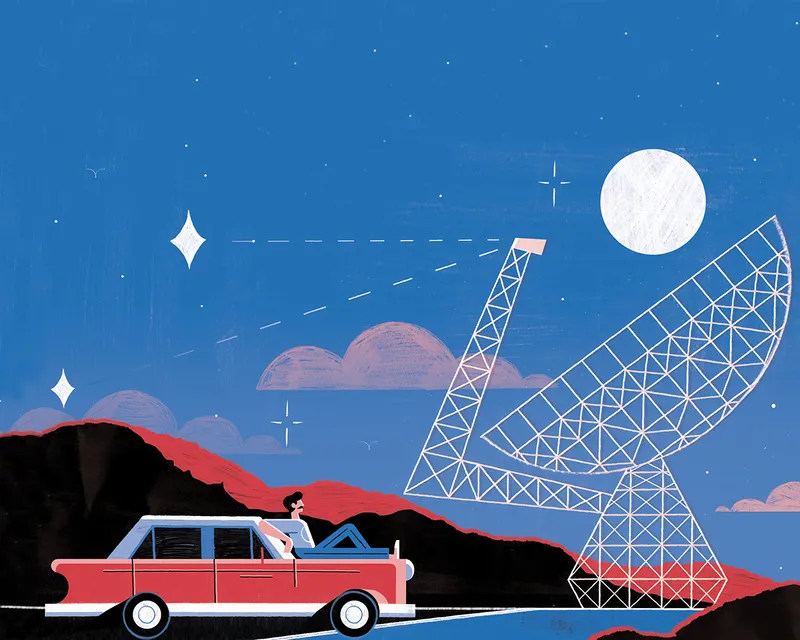Between April and June 1960, Frank Drake - made famous by the Drake Equation - used the Green Bank Radio Telescope in Virginia to search two stars, Tau (τ) Ceti and Epsilon (ε) Eridani in an attempt to catch any intelligent signals emanating from potential planets around them.
He had no success, but ‘Project Ozma’ started a long running search that has captured the imaginations of millions.
Life in the Universe is a concept that has been long debated.

The technological progress of the last century has given us the requisite tools to enable us to look for intelligent signals from space, but the search may be a long endeavour.
As Seth Shostak, senior astronomer for the SETI Institute, has said: "The search for intelligence has barely begun, and the search could take generations."

SETI
SETI – as the search for extraterrestrial intelligence is known – has many times been likened to the great voyages of exploration in the past:
Magellan circumnavigating the globe, Speke discovering the source of the Nile, Marco Polo and his exploits in China.
We are desperate to reach out, to make our voice heard across the cosmos, even if we can only do it indirectly.
However difficult the task appears to prove the case for SETI, it is stimulating to find that a new generation of electronics have caught up with current theory to such an extent that the BETA (Billion-channel Extraterrestrial Array) constructed at Harvard University was able to scan all the frequencies that extraterrestrials may broadcast upon simultaneously.
In addition, the BETA equipment was fairly portable and could be geared up to any radio telescope without interfering with research projects that are in progress, continuing the search regardless of the use of the telescope.
A similar project called SERENDIP (Search for Extraterrestrial Radio Emissions from Nearby Developed Intelligent Populations) relies upon the possibility of finding an extraterrestrial signal from a piggybacked receiver.

Will we find life beyond Earth?
Despite the long odds on finding life elsewhere in our Galaxy of 100 billion stars, the scientists involved in such tasks are optimistic.
Missions that have identified exoplanets only give more impetus to the quest, while public awareness of SETI remains high, keeping the search at the forefront of human imagination.
Nevertheless, there are problems; critics have pointed out that much money is being poured into SETI research when the case for the existence of extraterrestrials is not even established.
This has not held back scientists from proposing theories or generating searches, but it has to be admitted that the evidence for extraterrestrial life remains extremely promising, though currently circumstantial.
Supporters include the former director of the Ohio Project, Robert Dixon, who is correct when he states that we are barely scratching the surface, and to give up now would be pointless.
Considering the money poured into military projects with little future, or bailing out the economy, the amount allocated to settling one of the greatest questions of our Universe is paltry, insulting even.
SETI deserves more of a chance and its pure and applied research and potential spin-offs will never be a waste of time and effort.
This article appeared in the June 2020 issue of BBC Sky at Night Magazine.
